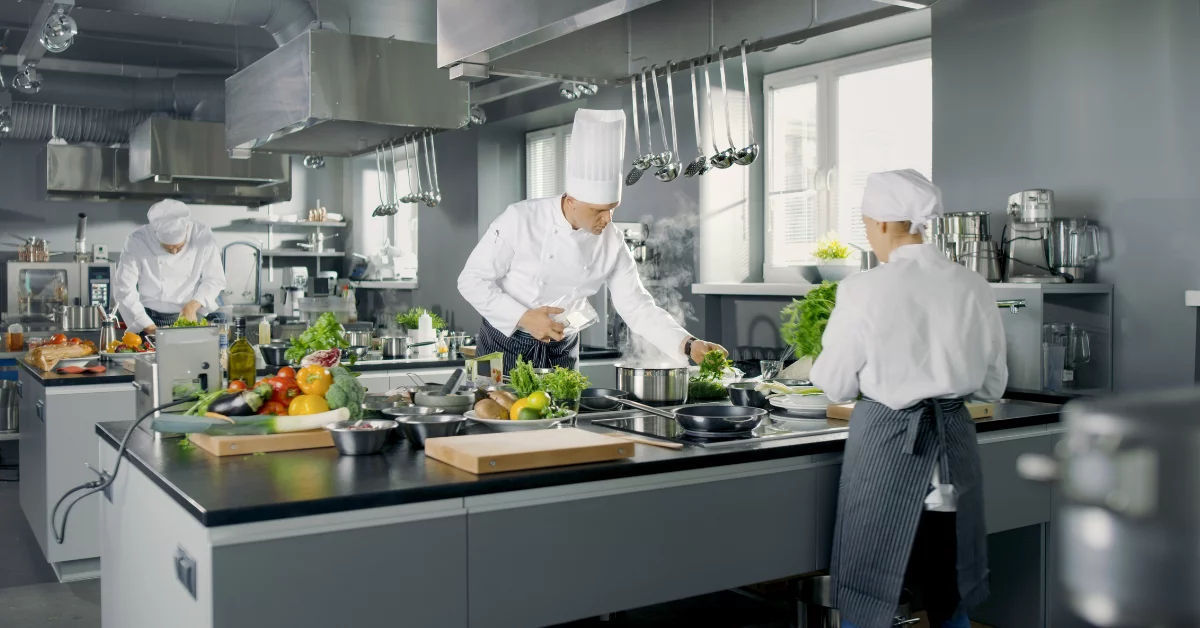




There is no doubt that Covid-19 has decimated the traditional restaurant sector, both in Malta and abroad. Lockdowns and concern for public safety have led to a substantial decrease in the number of dine-in patrons, and this has inevitably led to unexpected and, in most cases, unsustainable losses. As a restaurant owner or manager, this global pandemic has likely kept you up at night, but there are steps you can take to better manage your business in these difficult times.
Whilst dine-in clients have practically disappeared, take out and delivery orders have skyrocketed. It’s time to shift your business model and cater to this fast-growing market. Some owners even decide to close for dine-in customers altogether to focus entirely on deliveries.
Covid-19 has brought uncertainty and stress to your business, but you are not the only person suffering. Your staff look at you for leadership, especially during these times. Talk to them and be honest about the situation, bleak as it may be.
In order to survive, your business needs to adapt. This means that your staff, your processes, and even you need to change your way of thinking and doing things. Applications such as Lightspeed Restaurant can help you plan and implement these changes without overlooking vital components of the business.
Your restaurant might be ideally-located on a high street, but now you are playing a completely different game. How well do you rank on online search engines, food blogs, and delivery websites? Lightspeed Restaurant can offer restaurateurs a fully integrated system (Website > Lightspeed > Kitchen > Delivery) which includes online menus and ordering.
An important part of managing your restaurant in a global pandemic is identifying opportunities for reducing overheads. This is why many restaurants have closed for dine-in customers.
If you haven’t already, look at ways to reduce the costs of administering your restaurant. Subscription-based accounts software, such as Sage, can significantly reduce such costs.
Your menu should reflect your business model and brand, so if you’re shifting to deliveries it makes sense to adapt it accordingly. Some dishes might spoil during delivery and others may have poor margins. Using Apicbase you can properly calculate costs and margins for existing and new menu items with ease.
What’s the point of going through such changes if your customers are not aware of them? Use your social channels to let them know about your deliveries and your new menu.
Using Apicbase you can test the feasibility of new products, such as delivering meal kits or daily food plans. Be sure to get your team’s valuable input and don’t be afraid to ask your customers what they think.
Some of the best ideas were thought of during times of crisis. Plan ahead as best you can and ignore any non-critical concerns until better times. Focus on adapting your restaurant in order to survive and hopefully, thrive.


